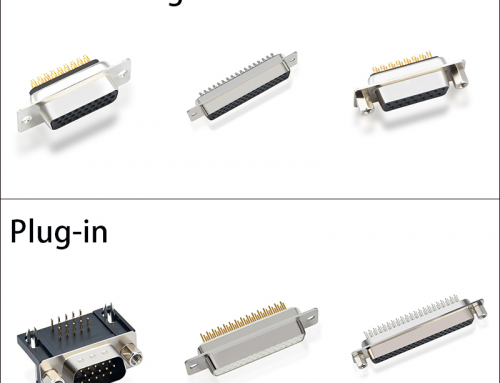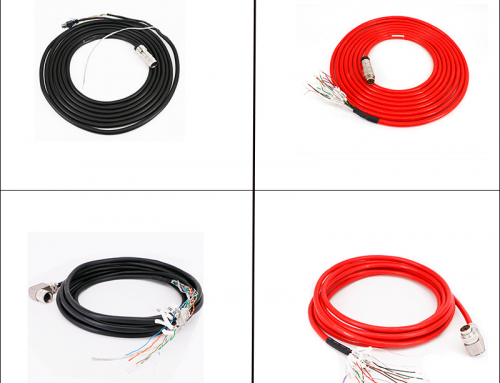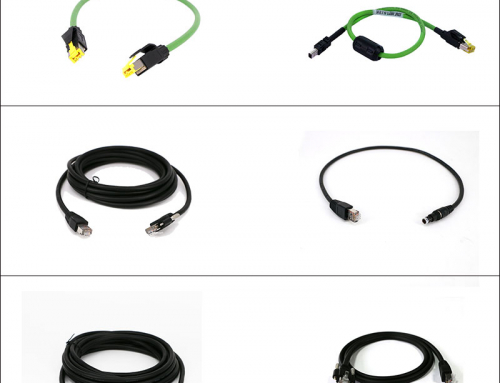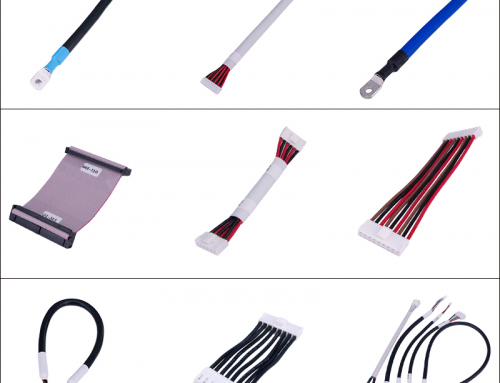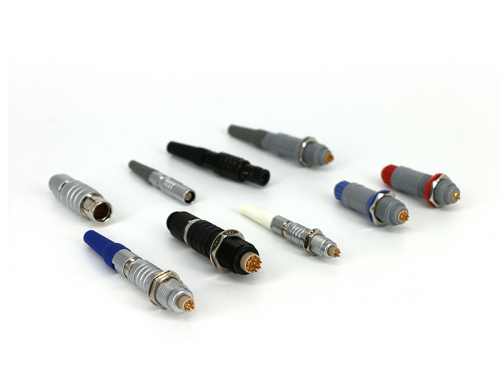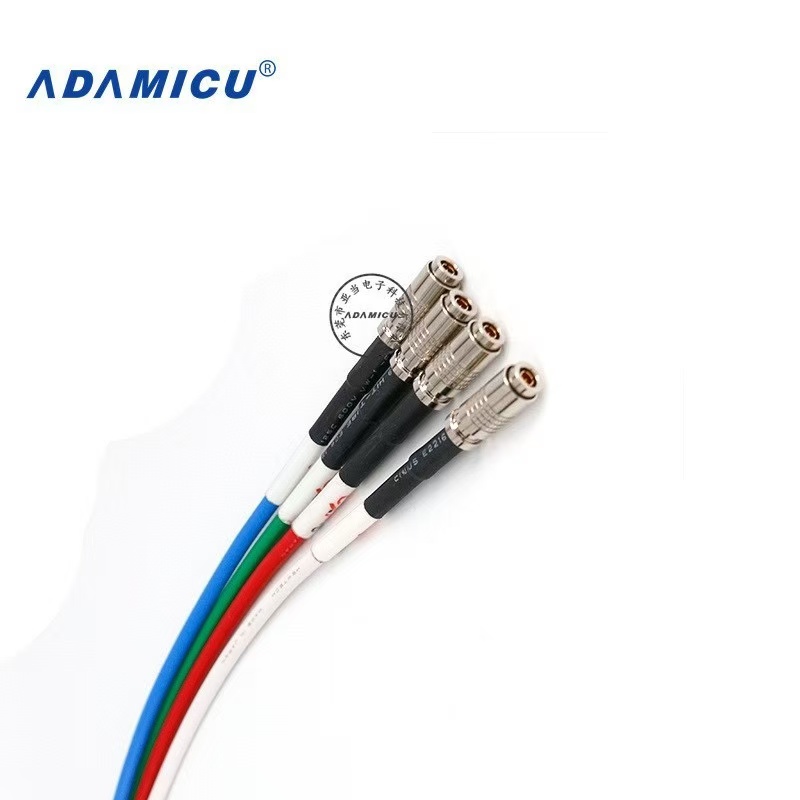
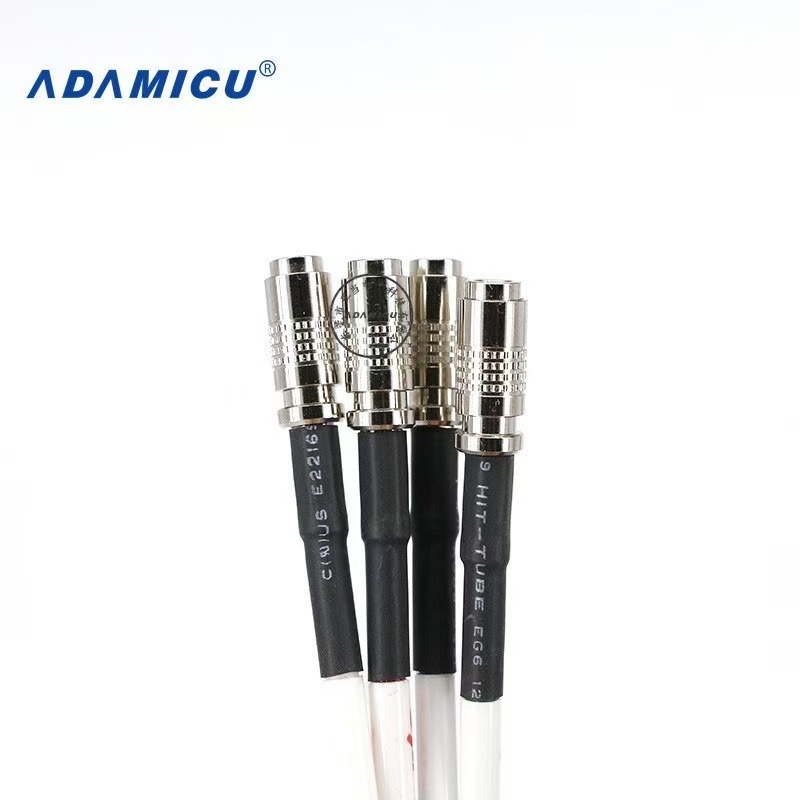
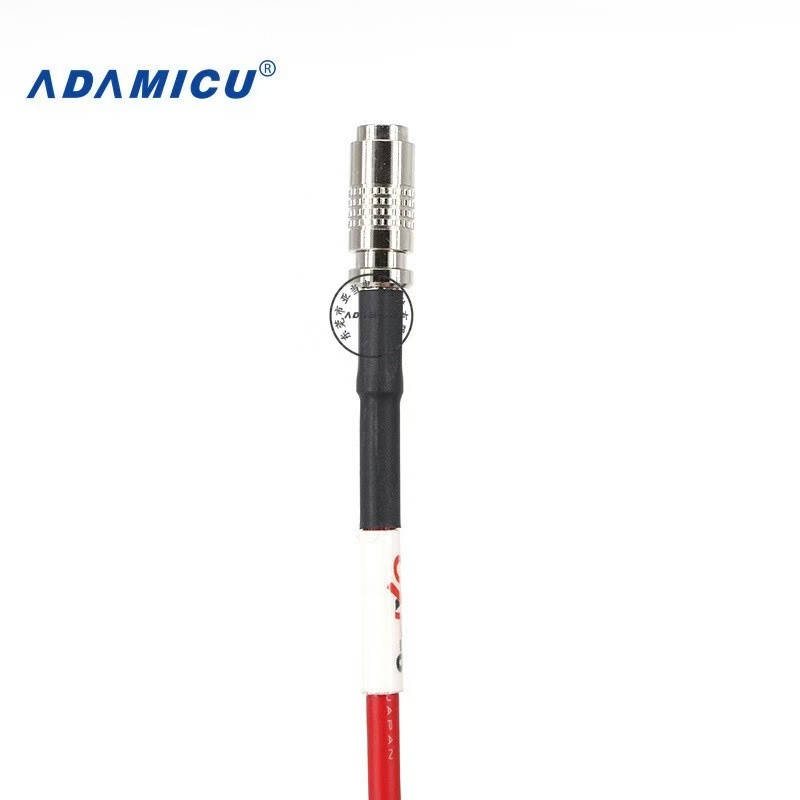
CoaXPress cables DIN to DIN, BNC to BNC, BNC to DIN are important components for connecting different devices and transmitting data. Here is an introduction to them:
1. DIN to DIN CoaXPress cable:
• Application: Mainly used for high-speed data transmission between devices with corresponding DIN interfaces. It is commonly used in industrial cameras, image acquisition equipment, visual inspection systems and other scenarios that require high data transmission speed and stability. For example, in some automated production lines, industrial cameras need to quickly transmit the captured image data to the host for processing and analysis. DIN to DIN CoaXPress cables can meet this demand.
• Features: The advantages of this cable are fast transmission speed, strong anti-interference ability, and can ensure the accuracy and stability of data transmission. The disadvantage is that the interface is relatively special. Not all devices support the DIN interface, so there may be certain limitations in device compatibility.
2. BNC to BNC CoaXPress Cable:
• Application: BNC interface is commonly used for video signal transmission. BNC to BNC CoaXPress cable can be used to connect video devices with BNC interface, such as some surveillance cameras, video encoders, video decoders, etc. In the field of machine vision, it can also be used to connect different visual devices to achieve video signal transmission and processing.
• Features: BNC interface has the characteristics of firm connection and stable signal transmission. This cable can ensure high-quality transmission of video signals. However, compared with cables with other interface types, BNC to BNC cables may have certain limitations in data transmission rate and bandwidth, and are not suitable for scenarios with extremely high data transmission speed requirements.
3. BNC to DIN CoaXPress Cable:
• Application: Mainly used to connect different devices with BNC interface and DIN interface, and play the role of signal conversion and transmission. For example, connect a device with BNC output interface to a device with DIN input interface to achieve data transmission and communication. This type of cable is very practical in some situations where device interface conversion is required. It can make full use of existing equipment and reduce the cost and complexity of system construction.
• Features: It has the characteristics of both BNC interface and DIN interface, and has certain flexibility and adaptability. However, during use, it is necessary to pay attention to the matching of interfaces and the compatibility of signals to ensure the normal data transmission.


